Cupric Nitrate (Cu(NO3)23H2O) 1/2lb The Compleat Sculptor The Compleat Sculptor
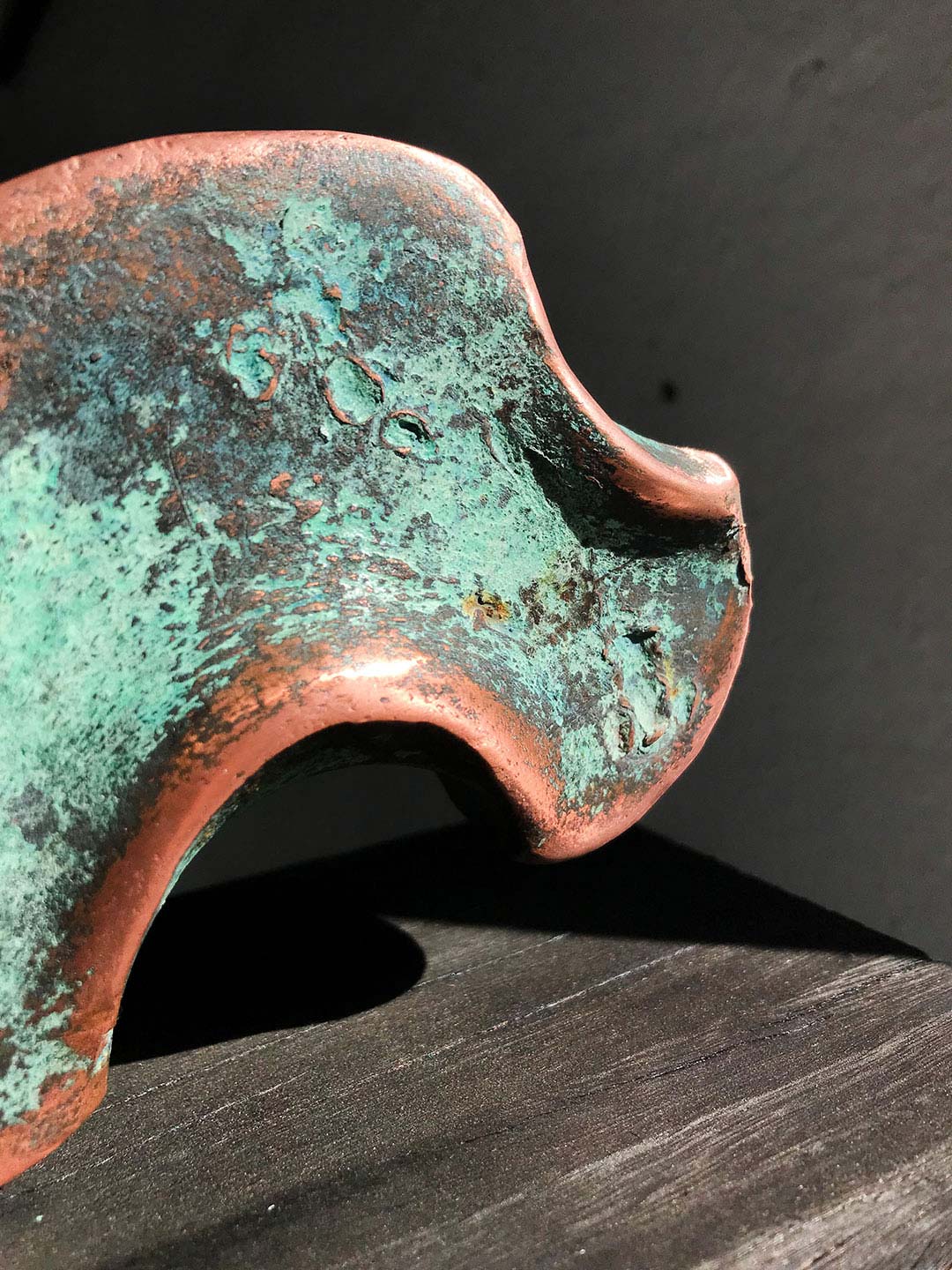
Oxen Study II (Cupric Nitrate Patina) 2022 by Conrad Hicks STIRpad
Hot patinas are generally easier to control and apply to large, smooth, vertical surfaces than cold patinas, Baxter says, although the process is not trivial.. And cupric nitrate from a.
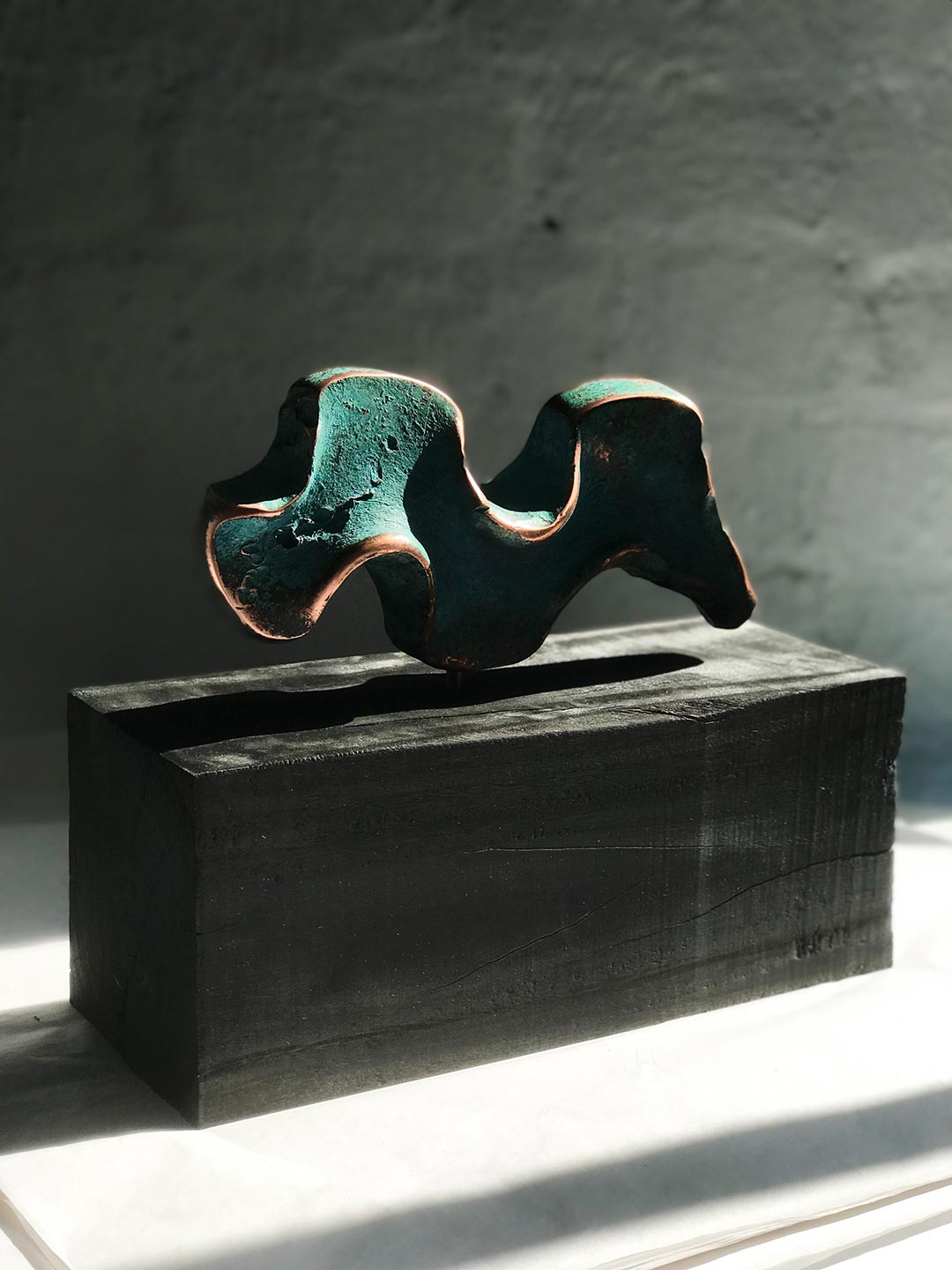
Oxen Study I (Cupric Nitrate Patina) 2022 by Conrad Hicks STIRpad
Hot Patina on Bronze: Here are some basics on applying a hot patina to a bronze sculpture. For this piece, three different chemicals were used: bismuth nitrate, ferric nitrate, and cupric nitrate. All of these chemicals are hazardous and care should be taken when handl…
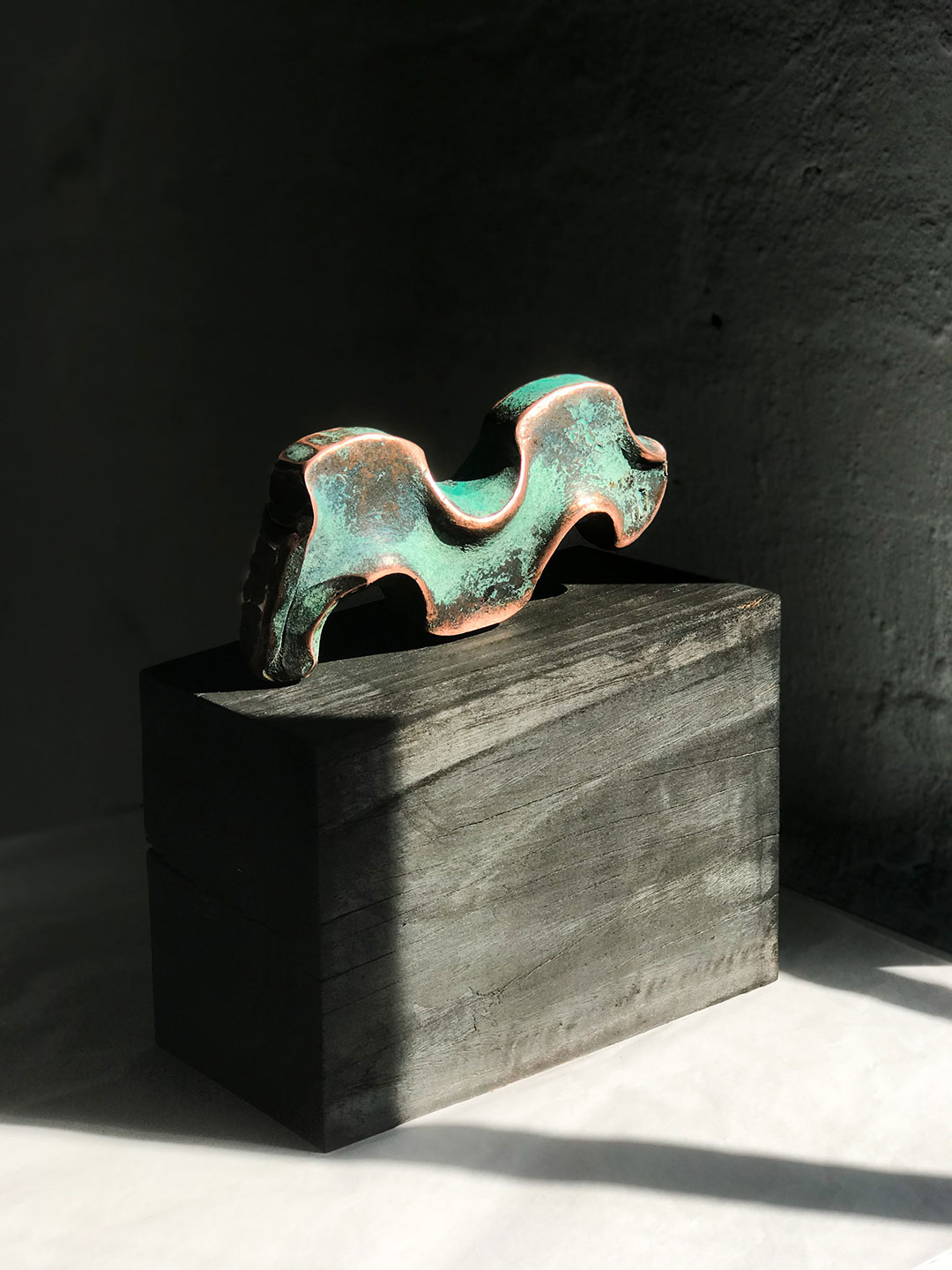
Oxen Study II (Cupric Nitrate Patina) 2022 by Conrad Hicks STIRpad
When placed in recesses and the high areas are rubbed off it is indistinguishable from a cupric nitrate patina. Warning: This procedure should be undertaken with appropriate precautions; goggles, gloves, protective clothing, adequate ventilation. It is a car paint: GM 42, 1980 Chevrolet Medium Green. While this is ideal for smaller surfaces my.
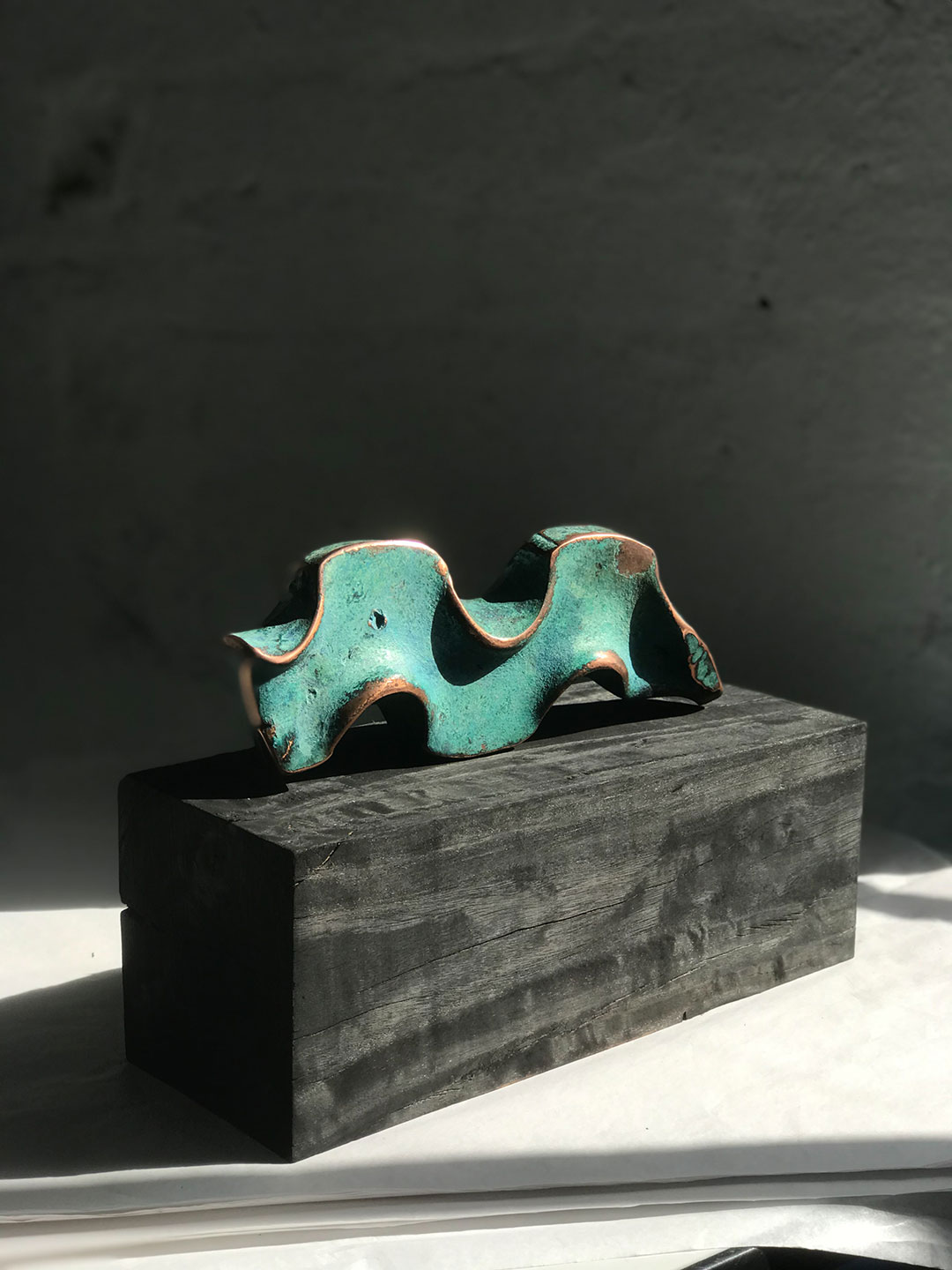
Oxen Study III (Cupric Nitrate Patina) 2022 by Conrad Hicks STIRpad
Transparent patinas are: • Cupric Nitrate • Ferric Nitrate • Potassium Dichromate • Sodium Thiosulphate. Cold Patinas. There are varieties of methods of applying cold patinas. What they have in common are that the chemicals are applied cold to the surface of the metal. The most common are:
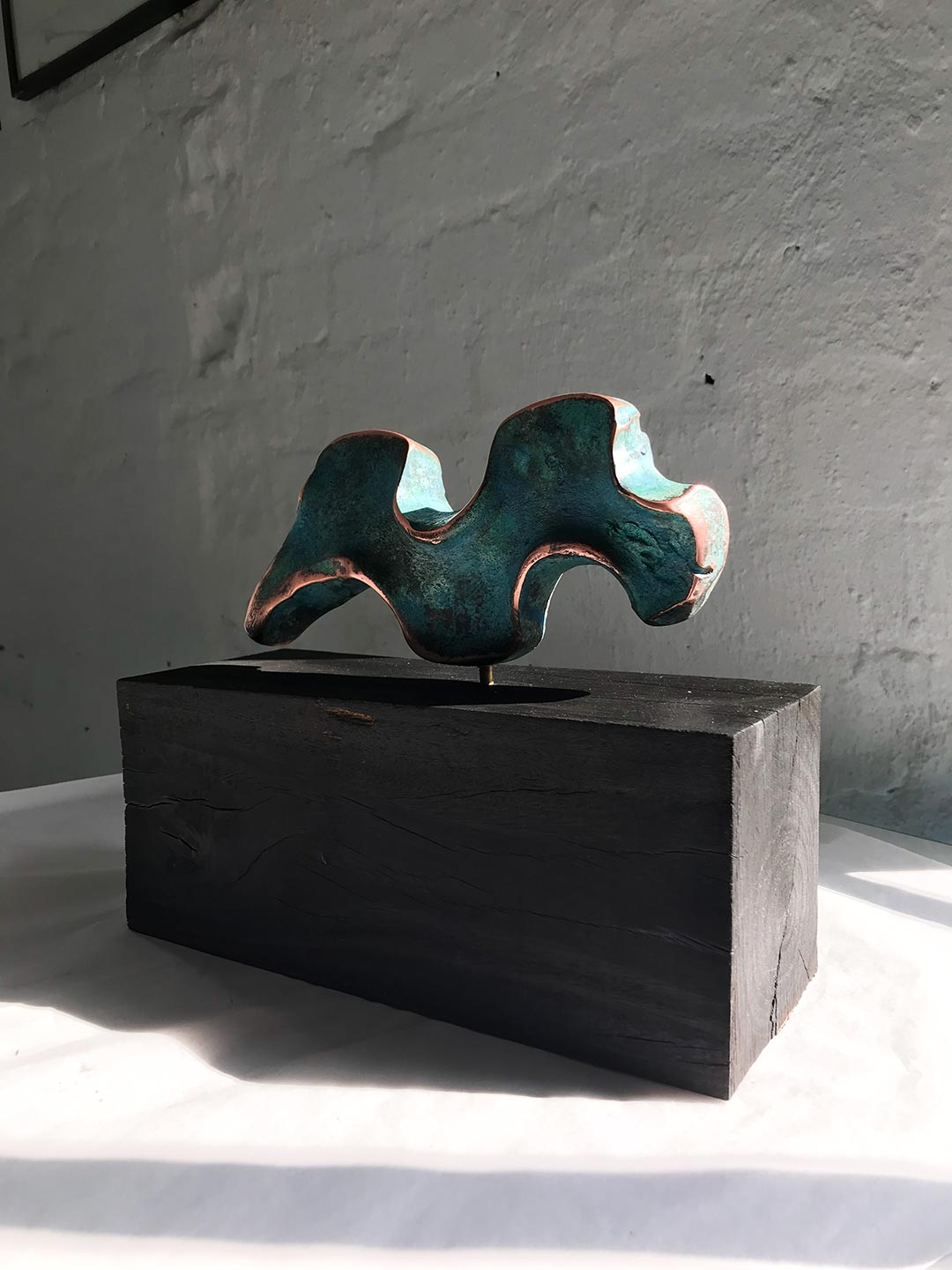
Oxen Study I (Cupric Nitrate Patina) 2022 by Conrad Hicks STIRpad
Ferric Nitrate/Ferric Chloride Patina produces a transparent red brown finish when applied hot to bronze, brass, and copper. Similar to Ferric Nitrate Patina, the final color and opacity is determined by the application process. Additional coats will turn darker brown and more opaque. Ferric Nitrate/Ferric Chloride Patina does not need to be.
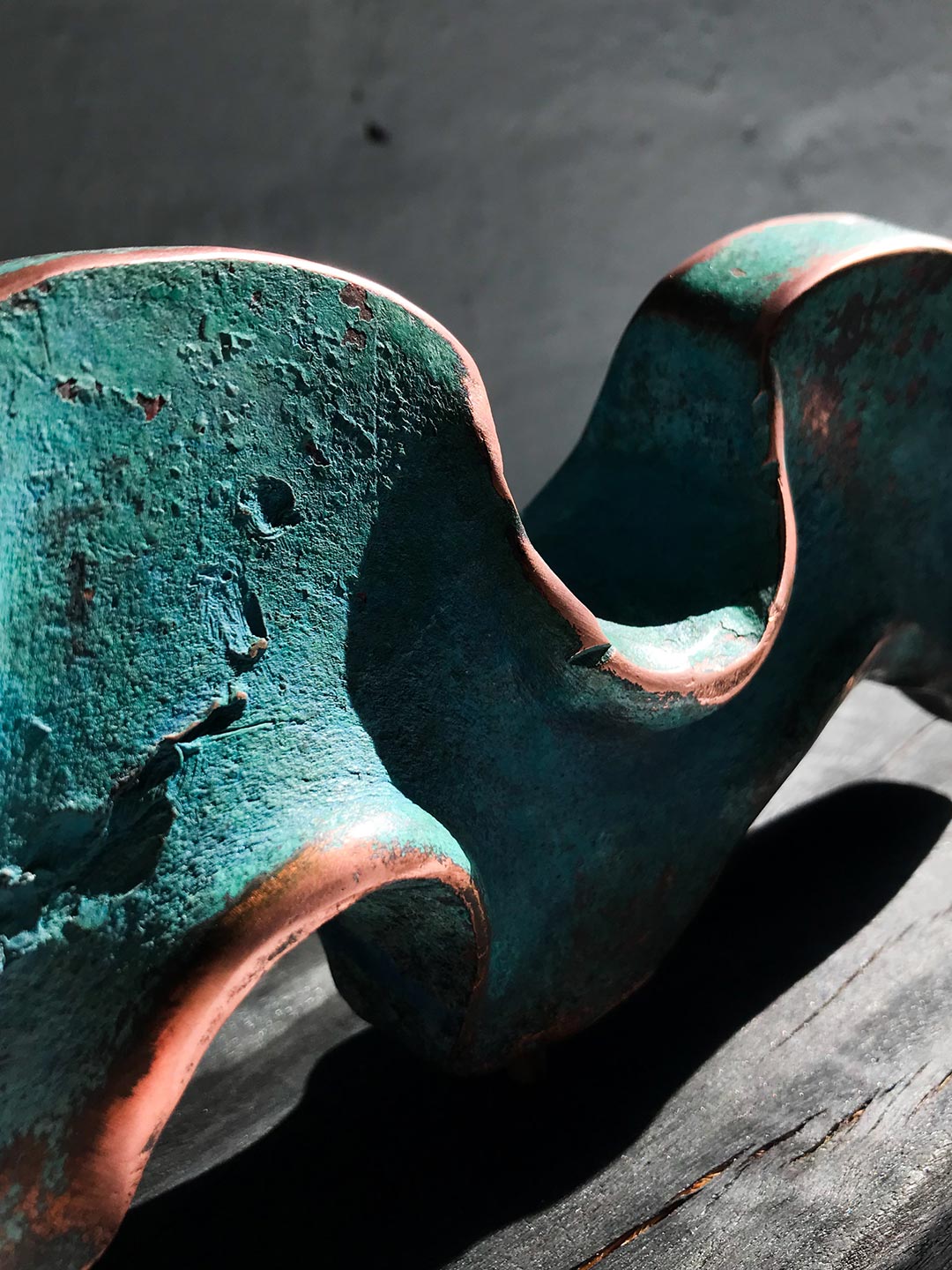
Oxen Study I (Cupric Nitrate Patina) 2022 by Conrad Hicks STIRpad
Process. Hot process. Solution hot (180 to 190°F), metal hot (200°F), cold wash water applied after metal has cooled to around 100°F. Wash solution over metal surface, let dry, then wash piece in cool water. Repeat until color develops. For Yellow Green, dip in dilute nitric acid, then wash and dry. Back to Index.

Copper II (cupric) nitrate, 30 g
Cupric nitrate brush application pattern. The balance of this paper will deal with the application of cupric nitrate patinas. This general-purpose patina may be applied hot or cold and may be built up to cover surfaces evenly with excellent adhesion. The solution is most easily applied to brass but holds better on copper.

Cupric Nitrate (Cu(NO3)23H2O) 1/2lb The Compleat Sculptor The Compleat Sculptor
Artificial patination is mostly based on empirical recipes for which the result is difficult to forecast. Little is known about the final corrosion compound formed on the patinated object. Therefore, different patinas based on copper nitrate—an ingredient recurrent in numerous references—were realized according to traditional recipes.

Traditional Cupric Nitrate Patina The Compleat Sculptor
No matter what you love, you'll find it here. Search Patina' and more. Find the deal you deserve on eBay. Discover discounts from sellers across the globe.
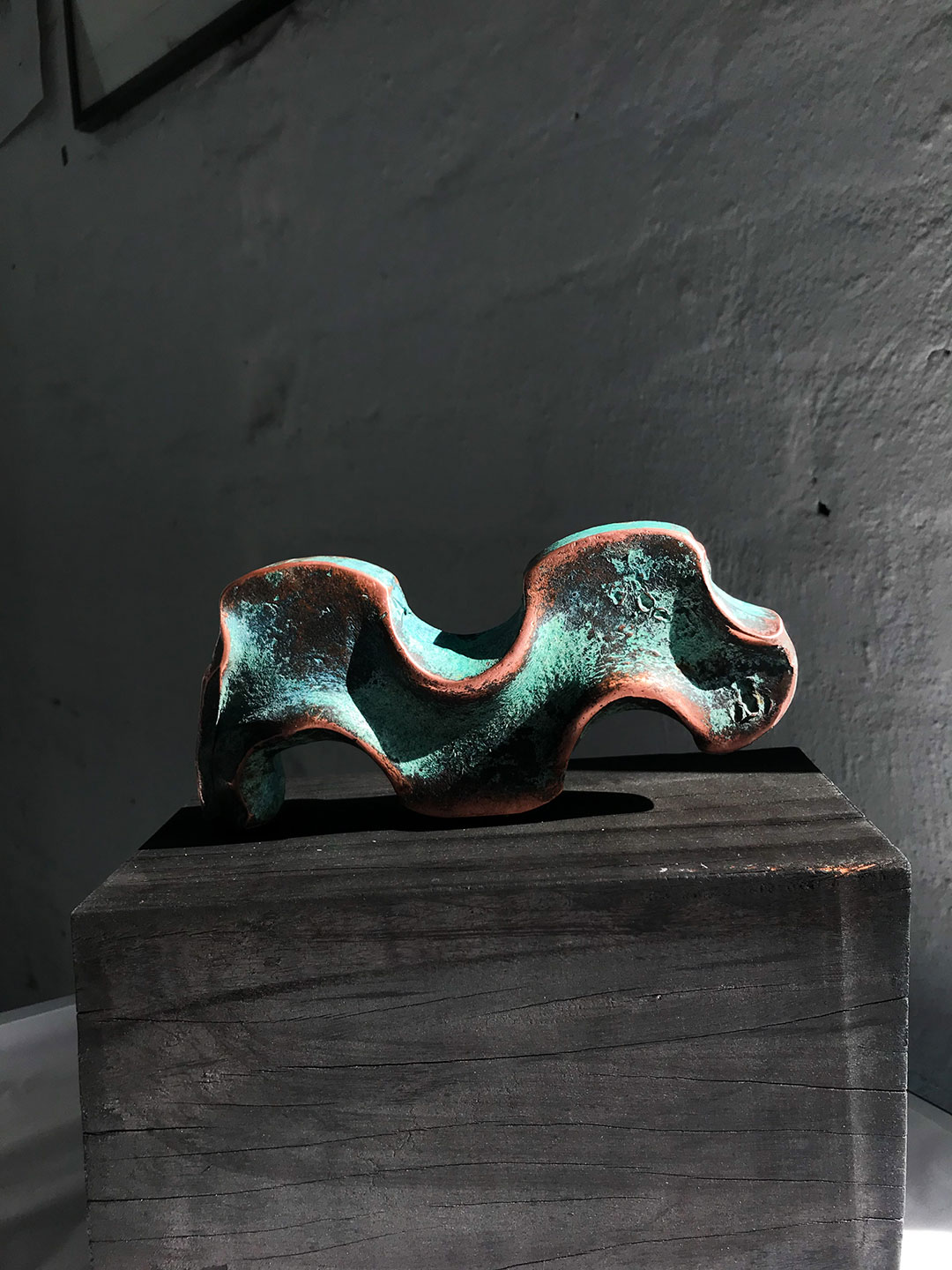
Oxen Study II (Cupric Nitrate Patina) 2022 by Conrad Hicks STIRpad
The chemicals are very heat sensitive and hot spots can ruin your patina in a hurry. Weak cupric nitrate was applied first to create some golden tones without being opaque. Karl then slowly built the patina by brushing and spraying ferric nitrate on the piece. The brush was used to scrub and burnish the sculpture while a fine spray was used to.
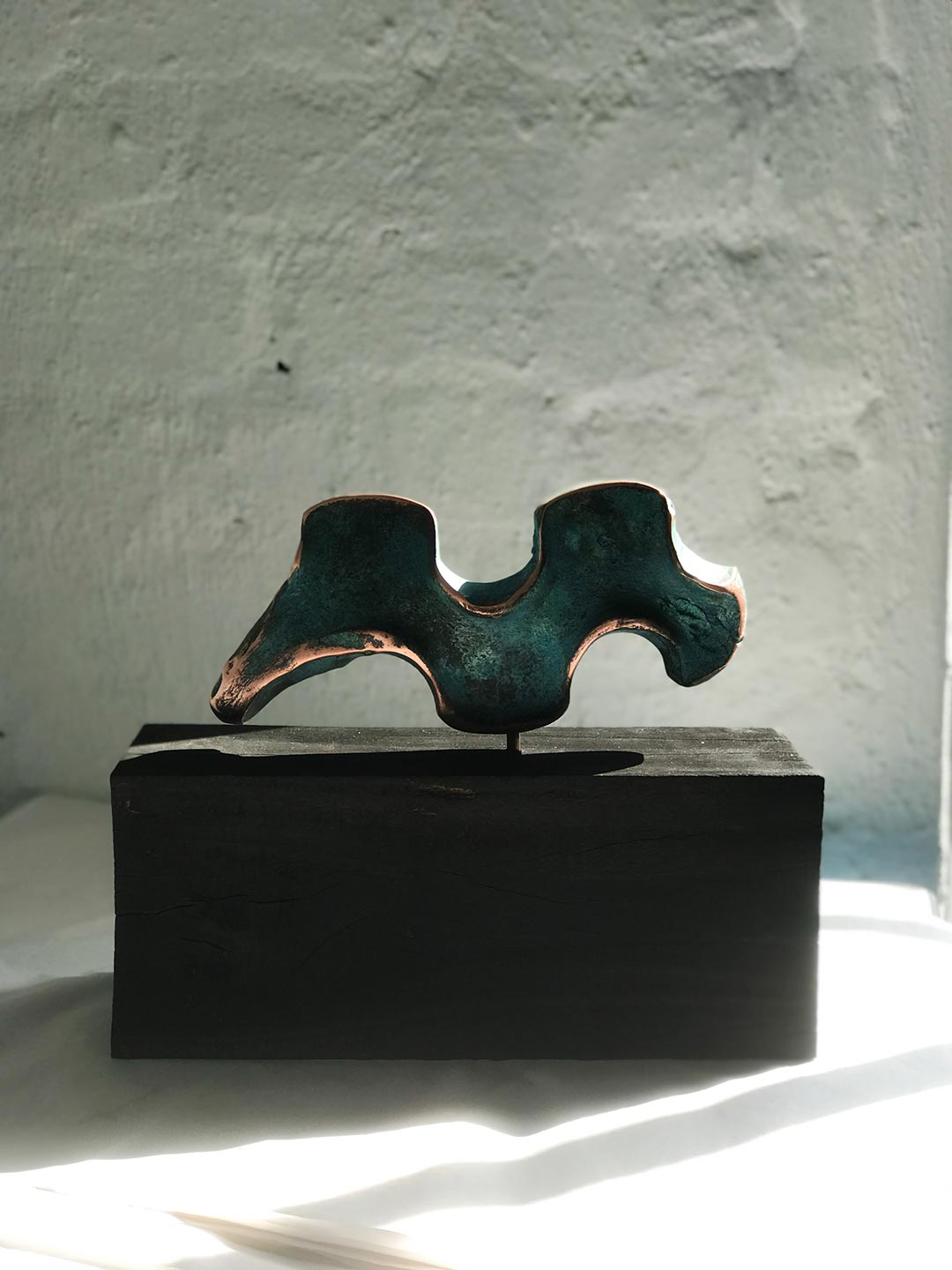
Oxen Study I (Cupric Nitrate Patina) 2022 by Conrad Hicks STIRpad
Patina A was achieved mainly using copper (II) nitrate to give blue-green shades over a dark background made with recipe B. The Raman spectra collected in different points regularly showed bands.
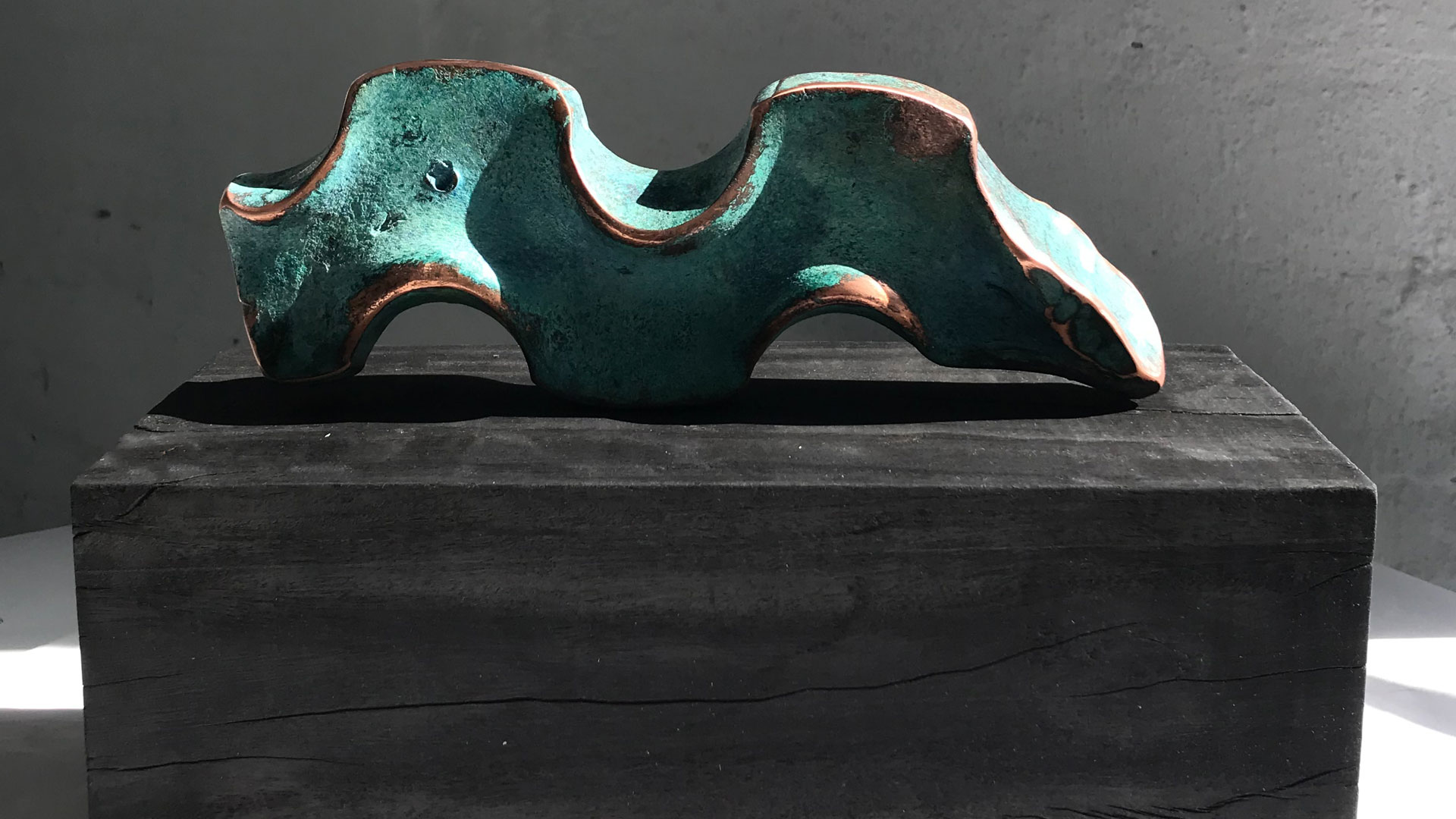
Oxen Study III (Cupric Nitrate Patina) 2022 by Conrad Hicks STIRpad
Equal amounts of cupric nitrate and ammonium chloride turn Dutch metal to a green, chalky-bronze patina. Examples of patination. Copper-leaf panel (left) was treated with sodium sulfide; silver panel (center) was treated with potash sulfurated; Dutch metal leaf (right) was treated with ammonium chloride and cupric nitrate.
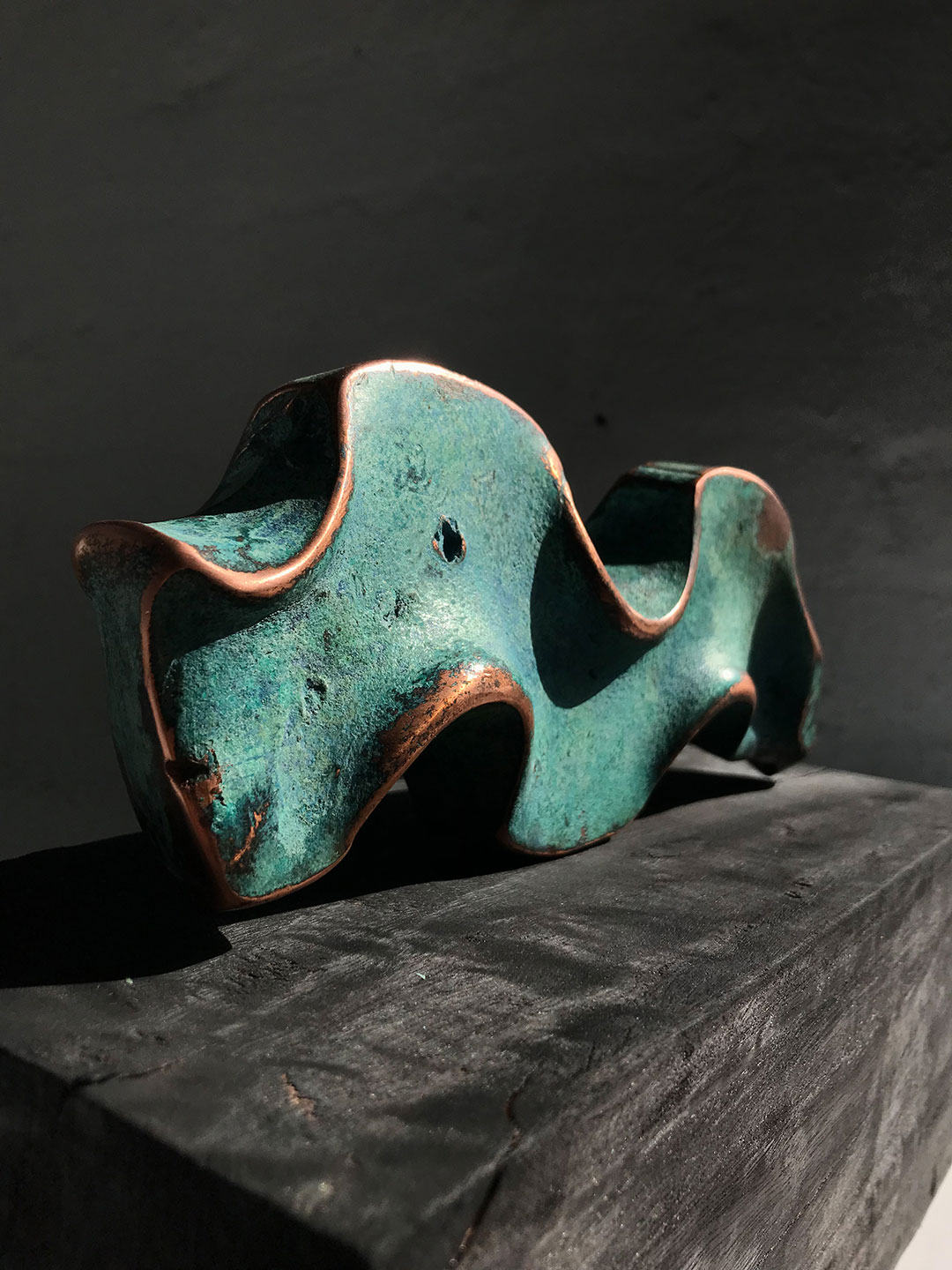
Oxen Study III (Cupric Nitrate Patina) 2022 by Conrad Hicks STIRpad
Cupric Nitrate is commonly used over the top of a base patina such as Traditional Liver of Sulfur or Ferric Nitrate Patinas to add more depth and contrast to the finish. Powder Blue is a cold patina for bronze, brass, copper, and the Metal Coatings. This patina results in a stable opaque finish close to a bright ocean blue.
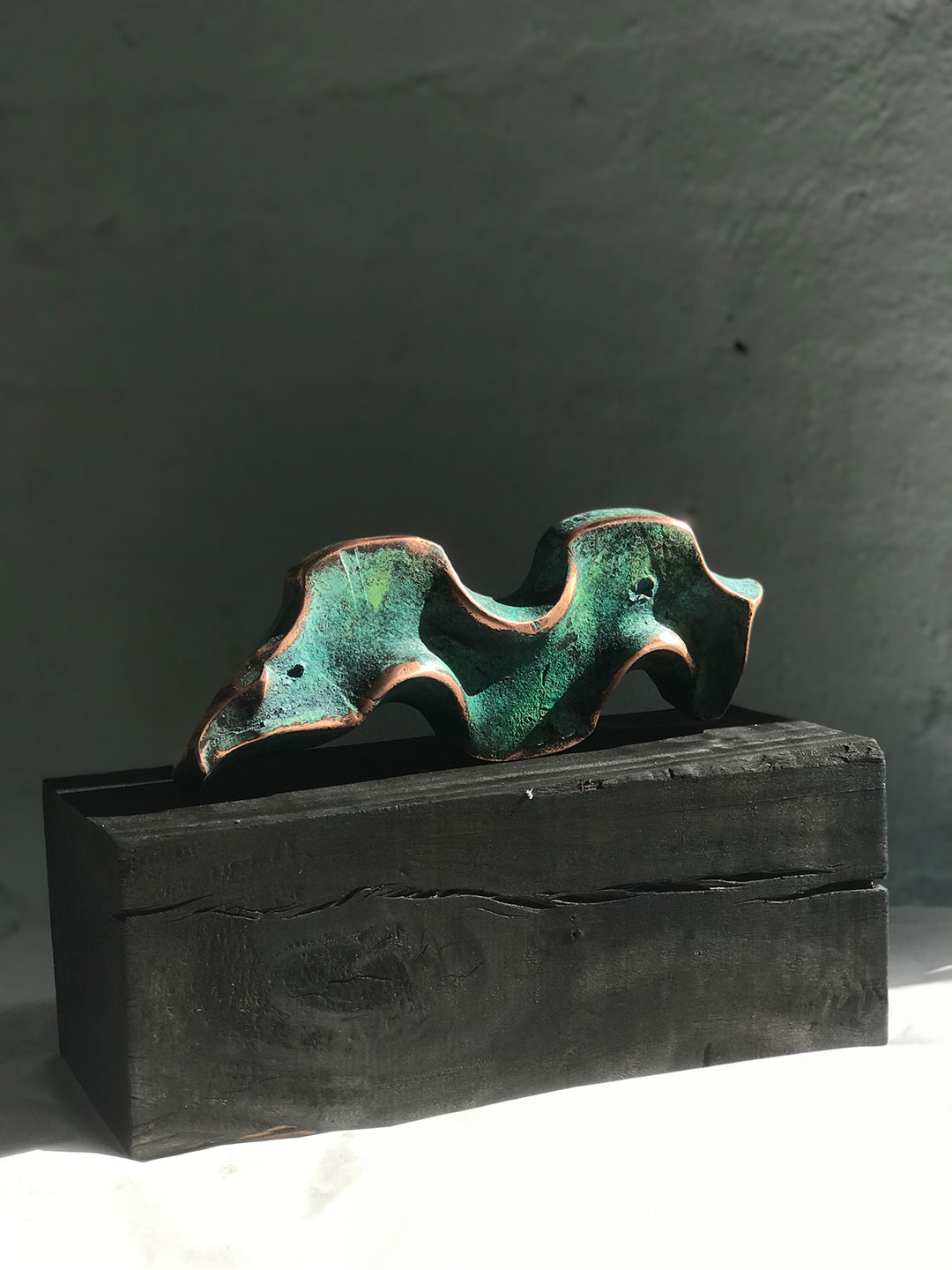
Oxen Study III (Cupric Nitrate Patina) 2022 by Conrad Hicks STIRpad
Ron Young describes the application of Sculpt Nouveau's Traditional Cupric Nitrate Patina on bronze cold cast resin.
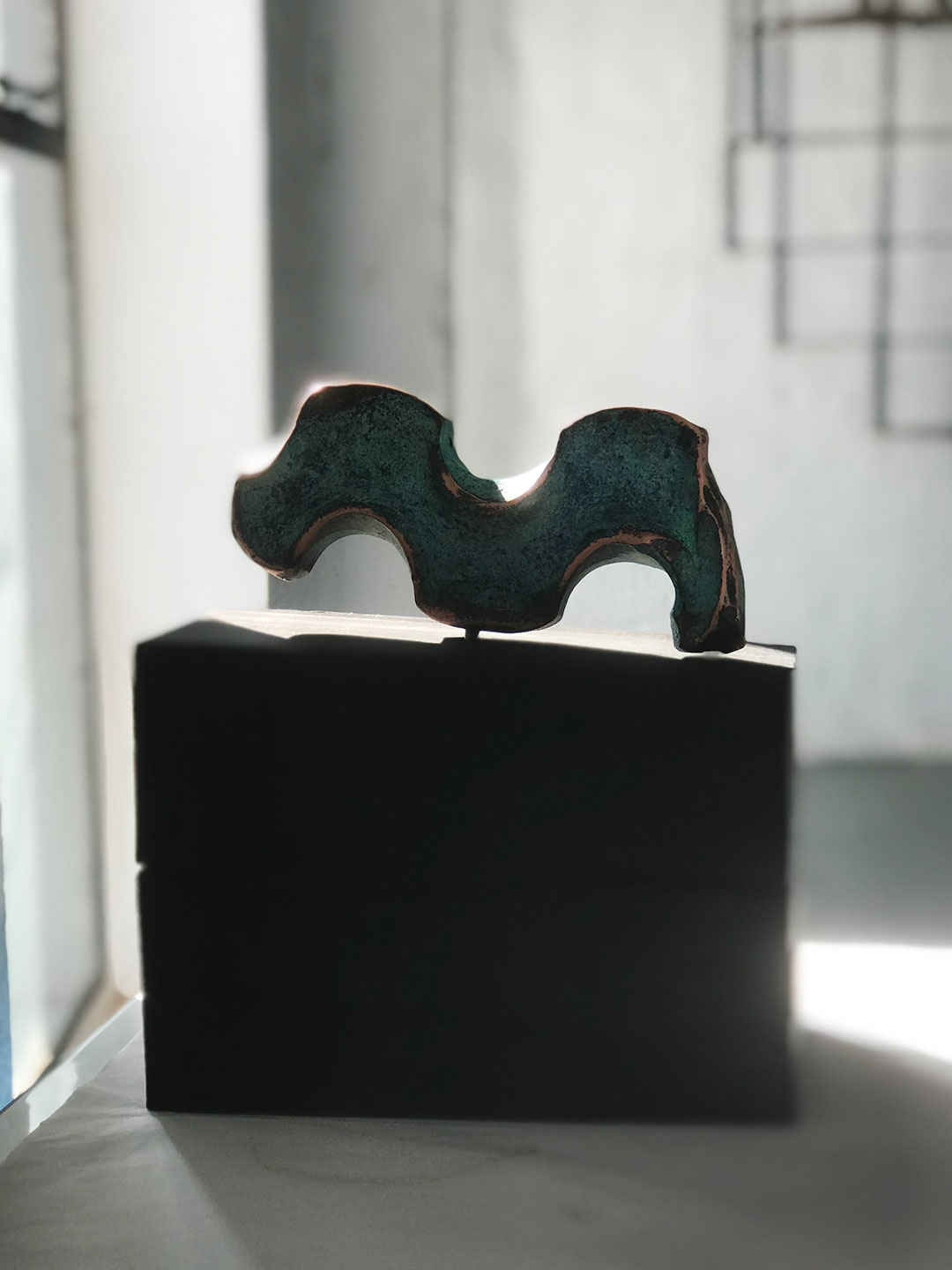
Oxen Study II (Cupric Nitrate Patina) 2022 by Conrad Hicks STIRpad
Size: *. $16.99. Information. Reviews (0) Availability: Out of stock. Cupric Nitrate is a classic hot patina for bronze, brass, and copper resulting in a blue green finish. If used on iron or steel, rust will occur. Cupric Nitrate is commonly used over the top of a base patina such as Traditional Liver of Sulfur or Ferric Nitrate Patinas to add.
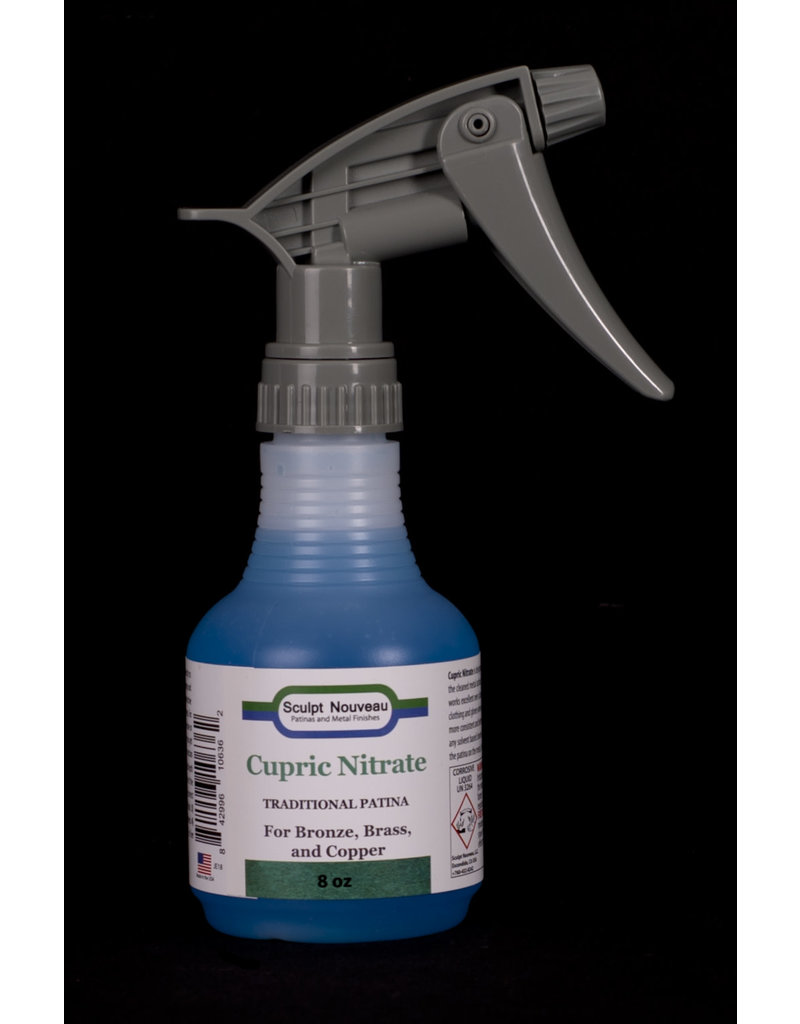
Traditional Cupric Nitrate Patina The Compleat Sculptor
Cupric Nitrate 300 grams. Distilled Water 1000 ml (fill to 1000 ml level) Photo-flo* 1-2 drops (wetting agent) *One can substitute household liquid detergent or 1-4 drops methyl alcohol. To make up, place the cupric nitrate in a container, pour in water to the 1000 ml level, add the wetting agent and shake until the cupric nitrate is dissolved.